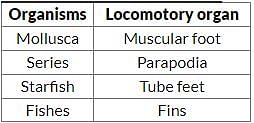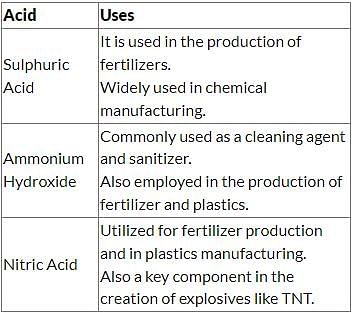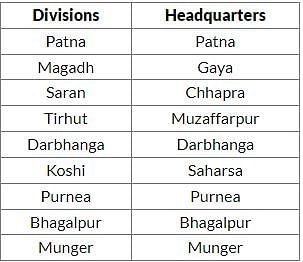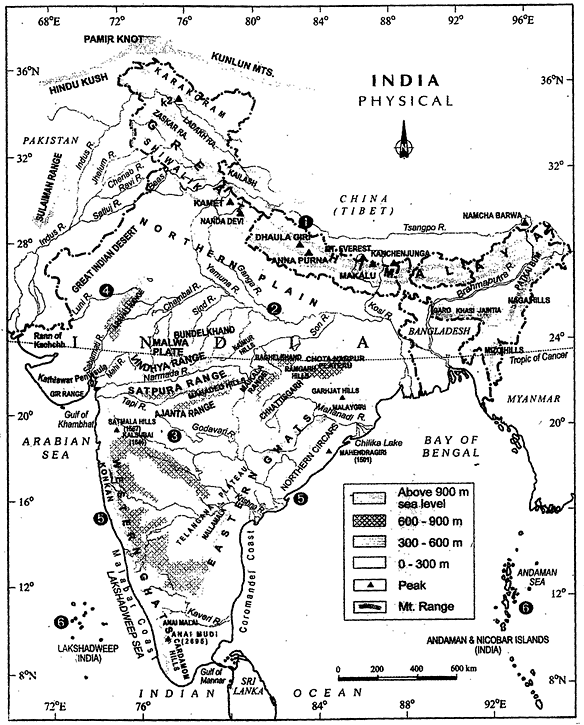BPSC Prelims Mock Test - 8 - BPSC (Bihar) MCQ
30 Questions MCQ Test BPSC Prelims Mock Test Series & Past Year Papers 2024 - BPSC Prelims Mock Test - 8
Which of the following was prime objective of Tauhid-e-Ilahi founded by Akbar?
Consider the following statements with reference to the Mountbatten Plan.
- It sought to give dominion status to India and Pakistan.
- It provided for the setting up of the Boundary Commission.
- The plan lacked any provision for conducting a referendum to determine which sides a region would go to.
Which of the following statements given above is/are correct?
| 1 Crore+ students have signed up on EduRev. Have you? Download the App |
Which of the following mineral belts in India is famous for the production of iron ore and coal?
Choose the correct hierarchy of organisations of local self-government bodies
Which of the following combinations is correct?
I. Amoeba – Pseudopodia
II. Paramoecium – Cilia
III. Euglena – Tentacles
IV. Hydra – Flagella
Ajay travels from his house to his office. If he travelled at 8 kmph he would reach his office 5 minutes late. If he travelled at 12 kmph he would reach his office 5 minutes earlier. Find the distance between his house and his office (in kilometers).
Which of the following is the headquarters of the Koshi administrative divisions of Bihar?
Which National Highway in Bihar is a part of Golden Quadrilateral Project?
The "Golden League" was established at Deoghar, Bihar during which of the following movement?
Which Chauhan king did the Chalukya king Jai Singh marry his daughter to?
Who among the following was the head of the Indian Statutory Commission of 1928?
With reference to states reorganization in India, arrange the following mentioned States/Union Territories (UTs) in the chronological order of their formation:
- Sikkim
- Himachal Pradesh
- Manipur
- Mizoram
Select the correct answer using the code given below:
________ is used to monitor changes in cost of living over time.
Match the following (Column I interaction with Column II its example).
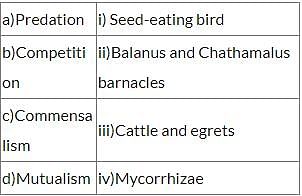
If the speed of a cycle become two times, then the kinetic energy becomes ________.
Name the new kind of painting that was developed in Eastern India (Bengal, Bihar and Orissa) during the Pala Kingdom in 9th - 10th century A.D.
A, B and C can do a work in 20, 30 and 60 days respectively. If total Rs, 3000 is given to them, then find their individual share.
Which of the following factors does not affect the rate of evaporation?
How many members of the Legislative Council are nominated by the Governor in Bihar?
|
3 docs|29 tests
|
|
3 docs|29 tests
|


